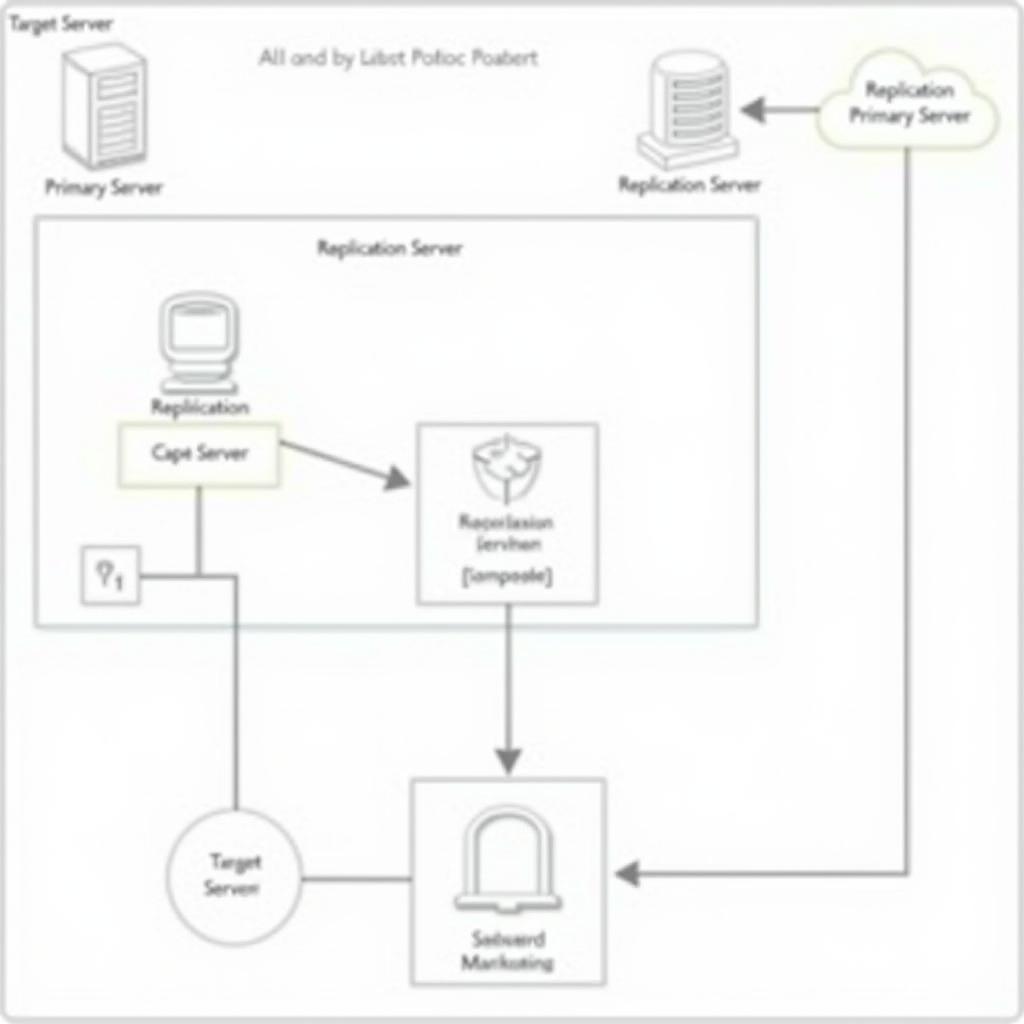The rising popularity of international schools, particularly those adopting an English-only language policy, has become a noticeable trend in Southeast Asia. This phenomenon raises questions about its implications for students, education systems, and the region’s cultural landscape.
 Students in an English-only classroom
Students in an English-only classroom
The Allure of English-Only Education
Several factors contribute to the growing preference for international schools with English-only policies:
- Globalization and Economic Opportunities: Proficiency in English is increasingly perceived as a gateway to global opportunities, enhancing career prospects and access to higher education.
- International Curriculum and Standards: These schools often offer internationally recognized curricula, such as the International Baccalaureate (IB) or Cambridge Assessment International Education, promising a high standard of education.
- Exposure to Diverse Cultures: The multicultural environment in international schools fosters cross-cultural understanding and global citizenship, preparing students for an interconnected world.
 Students from different cultural backgrounds interacting during a school break
Students from different cultural backgrounds interacting during a school break
Potential Drawbacks and Concerns
While the trend offers potential benefits, it also raises some concerns:
- Linguistic and Cultural Identity: An exclusive focus on English may hinder the development of students’ mother tongue and cultural identity, potentially leading to cultural disconnect.
- Accessibility and Equity: International schools are often associated with high tuition fees, making them inaccessible to a large segment of the population, potentially exacerbating social inequalities.
- Impact on Local Education Systems: The trend could lead to a brain drain, as resources and talented students might be drawn away from local schools.
Finding a Balance: Bilingualism and Cultural Preservation
The ideal approach lies in striking a balance between the advantages of English proficiency and the importance of preserving linguistic and cultural diversity.
- Bilingual Education Models: Integrating bilingual education models within international schools can help students maintain their mother tongue while mastering English.
- Cultural Integration: Schools should incorporate local culture and languages into the curriculum, promoting a sense of belonging and appreciation for local heritage.
- Government Support for Local Schools: Strengthening local education systems and making quality education accessible to all are crucial to address equity concerns.
The Future of Education in Southeast Asia
The trend of English-only international schools reflects the evolving educational landscape in Southeast Asia.
- Growing Demand for Global Skills: The demand for English proficiency and global skills is likely to continue to rise.
- Hybrid Models and Innovation: We might see the emergence of hybrid education models that combine the strengths of both international and local education systems.
- Focus on Holistic Development: There is a growing emphasis on holistic education that encompasses language skills, cultural awareness, critical thinking, and global citizenship.
 Students working together on a project, combining technology and creativity
Students working together on a project, combining technology and creativity
Conclusion
The rise of English-only international schools presents both opportunities and challenges. While English proficiency is crucial in today’s globalized world, it’s important to ensure that educational choices support linguistic and cultural diversity. By embracing innovative approaches that balance language acquisition, cultural preservation, and equitable access to quality education, Southeast Asia can nurture a generation equipped to thrive in an interconnected world.
FAQs
1. Are all international schools in Southeast Asia English-only?
No, while many adopt English as the primary language of instruction, some offer bilingual programs or cater to specific language groups.
2. What are the long-term implications of attending an English-only school?
Long-term impacts can vary, but potential outcomes include fluency in English, a global outlook, and potentially a weaker grasp of one’s native language if not adequately nurtured.
3. What steps can parents take to support their child’s cultural identity?
Parents can encourage the use of their mother tongue at home, expose them to cultural events and traditions, and supplement their education with language and cultural resources.
4. How can governments promote both English proficiency and local language preservation?
Governments can invest in teacher training for bilingual education, integrate local culture and languages into national curricula, and support language revitalization programs.
5. What are the future trends in international education within Southeast Asia?
Trends include a focus on personalized learning, technology integration, development of 21st-century skills, and a greater emphasis on fostering global citizenship.
Need more information? Contact us!
Phone: 0369020373
Email: [email protected]
Address: Thon Ngoc Lien, Hiep Hoa, Bac Giang, Vietnam
Our customer support team is available 24/7 to assist you.

